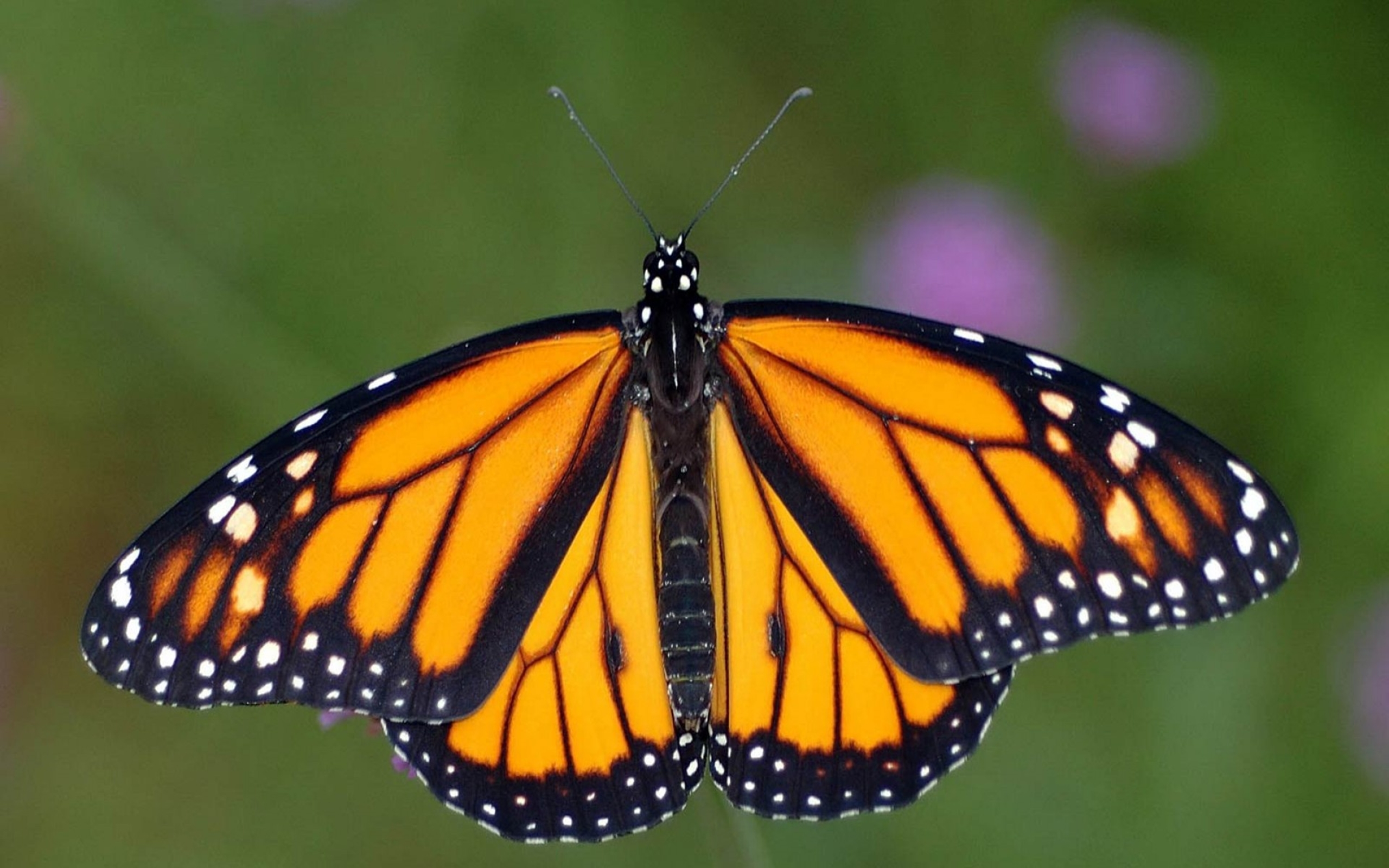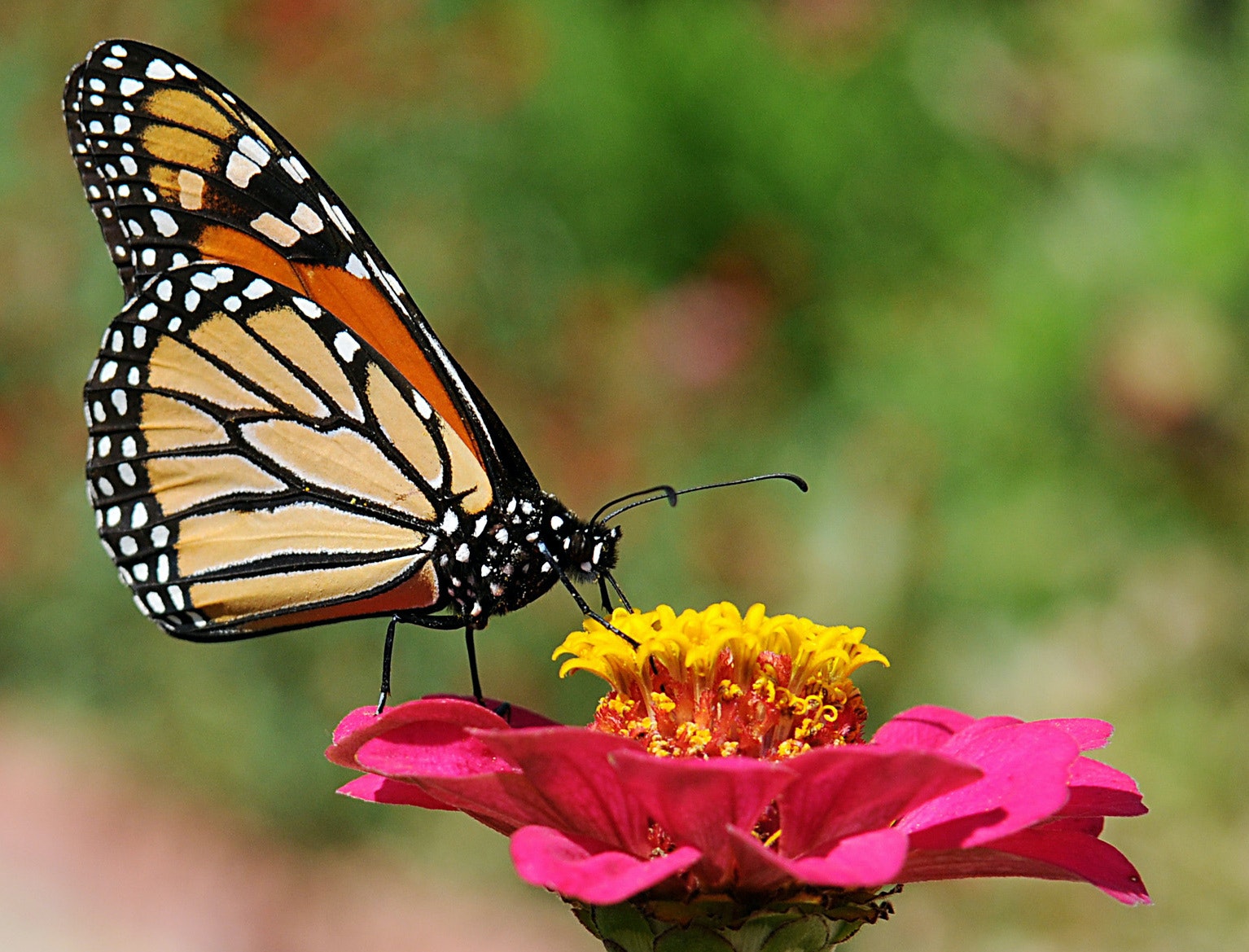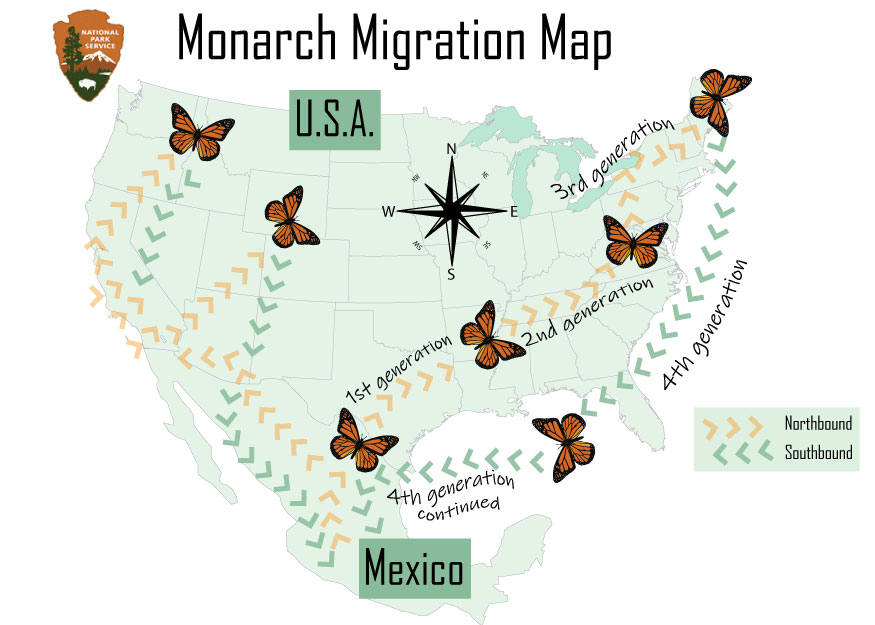How do they find their way? That is the question on the minds of many people who follow the more than 3000 km long flight of the Monarch butterfly. It is the most distant insect migration in the world.
Reading suggestion;,9 Questions you should ask yourself before deciding on a dog breed
monarch butterfly
The Monarch is found all over the world but most commonly in North, Central, and South America. The journey begins in the mountains west of Mexico City, where the bright orange and black Monarchs hibernate. During the month of March, when it gets warmer and their food source starts to grow milkweed, flight north begins.
Traveling Butterfly
The traveling butterfly only lives for four to six weeks, but each new generation is programmed to continue the journey. It takes three to four generations to travel as far as New Jersey, Massachusetts, or even Canada. The last generation of butterflies is born in the fall and lives at least 8 months. This butterfly sometimes flies more than 3200 km, via Florida and Texas, back to the same mountain sanctuary in Mexico.
Instinct works better than a compass to take the great-grandchildren of the original butterflies back to a starting point they’ve never seen before.
Carol LaFon
For Carol LaFon and her husband Dan, tracking down the Monarchs she raised at home in Marlton, NJ, or captured and numbered in the wild is not just a hobby, but a passion.
Carol’s garden has been transformed into a butterfly paradise with different types of milkweed. The Monarch has 4 life stages: the egg, the caterpillar, the pupa (chrysalis), and the adult butterfly.
Reproduction Monarch Butterfly
The adult female Monarch lays her eggs on the underside of the leaves of the royal herb. The larvae (eat the egg itself and live on the leaves of the plant for about two weeks to then develop into caterpillars. After a while, the caterpillars attach themselves upside down with a thread of silk on a twig or twig and thus begin the transformation into a pupa or “chrysalis.”
The monarch remains in the pupa for ten to fourteen days. The pupa becomes translucent a day before the butterfly emerges. She inflates the wings with blood stored in the abdomen. The butterfly waits until the wings are stiff and dry before flying away, starting its life course all over again.
Migration pattern
Monarch butterflies follow exactly the same migration pattern every year. Carol Lafon has finally had success after 5 years: three of her numbered butterflies have been found in El Rosario in Mexico.
 She has received an official certificate for this. Her butterfly garden has even been made into a video for the “Monarch Teacher Network.” The video also shows a trip to Mexico, including El Rosario, where the teachers visit the reserve with trucks at an altitude of 2,743 meters. Millions of Monarchs sit on the trunks and in the trees, flying around, in a celestial scene where only whispers are heard and the flutter of wings lulls you to sleep.
She has received an official certificate for this. Her butterfly garden has even been made into a video for the “Monarch Teacher Network.” The video also shows a trip to Mexico, including El Rosario, where the teachers visit the reserve with trucks at an altitude of 2,743 meters. Millions of Monarchs sit on the trunks and in the trees, flying around, in a celestial scene where only whispers are heard and the flutter of wings lulls you to sleep.









